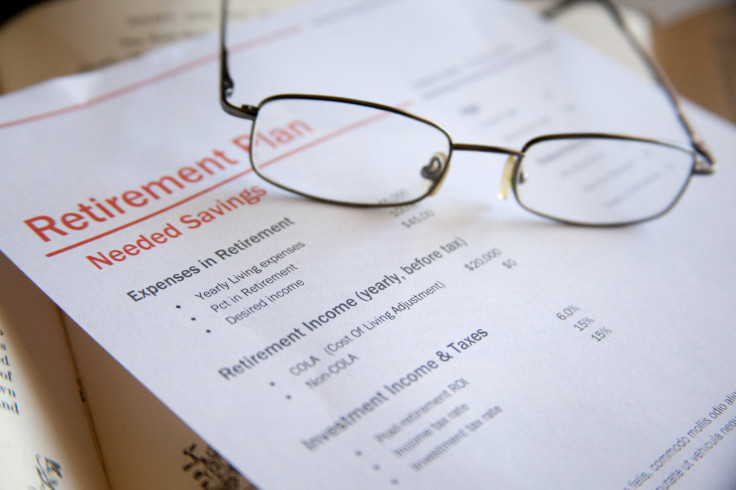Saving For Retirement While You're Young: It's Not As Scary As It Sounds

Saving for retirement is about as thrilling as scheduling a dental appointment. But like getting that cavity filled, the sooner you start squirreling away funds, the better off you’re likely to be in the long run.
“You can’t just say ‘Later.’ Later is not a good strategy,” said Gary Schatsky, president of Objective Advice and a family financial adviser in New York.
Suppose you have a full-time job, and your company offers a 401(k) plan that matches a percentage of your contribution. Free money! That’s great; take it. You can return to Facebook now.
But say you’re like most U.S. workers today, and your employer offers either a 401(k) plan with no match and high fees -- or nothing at all. Maybe you work part-time or as a freelancer, and a cushy benefits package or pension plan are off the table altogether. We should talk.
For starters, not everyone should be investing in retirement funds right away. People with overwhelming debt burdens at high interest rates -- thanks, student loans -- should consider paying down some of that debt first to avoid escalating fees or souring credit scores. If your cash flow is tight, paying rent and buying groceries clearly take priority.
For those with a bit more breathing room, the next best alternatives to an employer-backed 401(k) are an Individual Retirement Account (IRA) and a Roth IRA.
The overarching difference between the two plans is how your contributions are taxed. With an IRA, the money you put in doesn’t get taxed, and annual contributions are tax deductible on state and federal tax returns. But once you start withdrawing funds, ideally at 59 ½ years or older, the money you take out is taxed. A Roth IRA works in the opposite way. Contributions are taxed at the start, but the money you eventually withdraw isn’t taxed.

A Roth account may work best for people who are early in their careers and intend to earn higher salaries down the road. The more money you make, the higher your tax bracket. So deducting taxes today spares you a sizable deduction when you’re old and gray (or bald). “It’s taking a sum of money and putting it in an account where it will grow tax-free for your lifetime,” Schastky explained.
If you’re already a high earner, you might not fit the bill for a Roth account, however. Those plans have income eligibility restrictions: less than $116,000 for single people, and less than $183,000 for married couples in 2015. If that’s the case, then a traditional IRA may be a good bet.
With either account, contributors under 50 can put in up to $5,500 a year. It’s best to keep your hands off those dollars for as long as possible. Providers penalize anyone under 59 ½ who withdraws funds, and the longer your money sits in the account, the more it grows.
Most plans tack on some type of fee with each investment. Schatksy said he generally aims to keep fees within the range of one-tenth of a percent to 1 percent, although he strives for the lower end of the spectrum. “Paying more is throwing a lot of money out the window,” he said.
Lower-cost providers like Vanguard and Fidelity can help you navigate the finer details of each plan, and pick the types of investments that best suit your financial outlook or moral compass.
Whatever you decide, it’s good to remember that you’re not sealing your fate forever. If your financial situation changes, or you want another type of account, you have some flexibility. “Each year you’re making different determinations about where you are, and where you’re likely to be, and what’s more attractive,” Schastky said. “You’re not wed to it.”
© Copyright IBTimes 2025. All rights reserved.





















